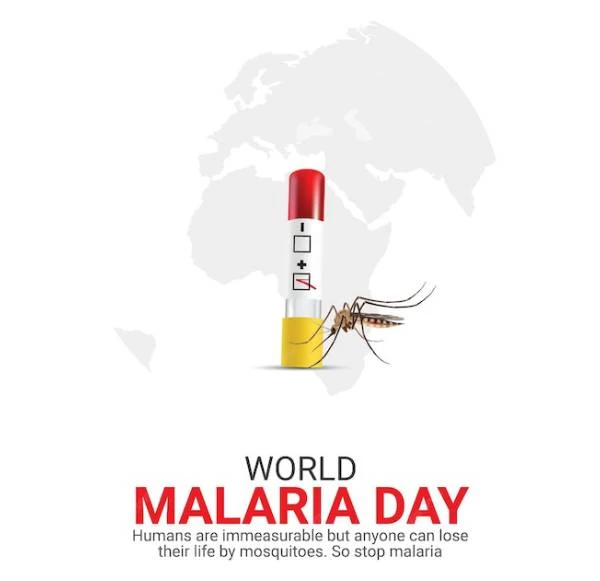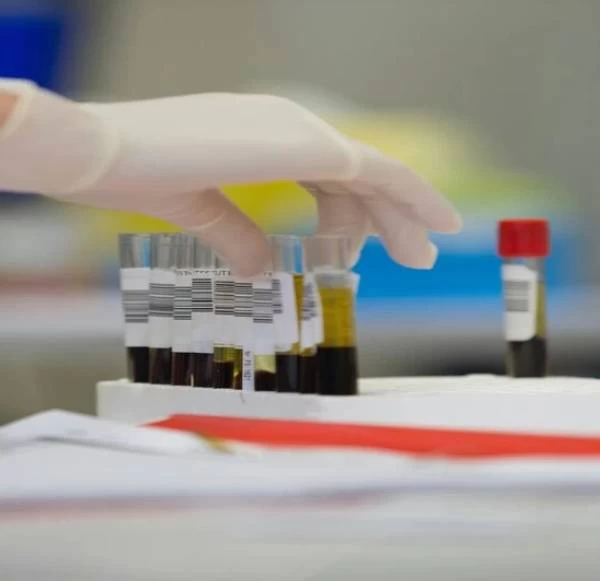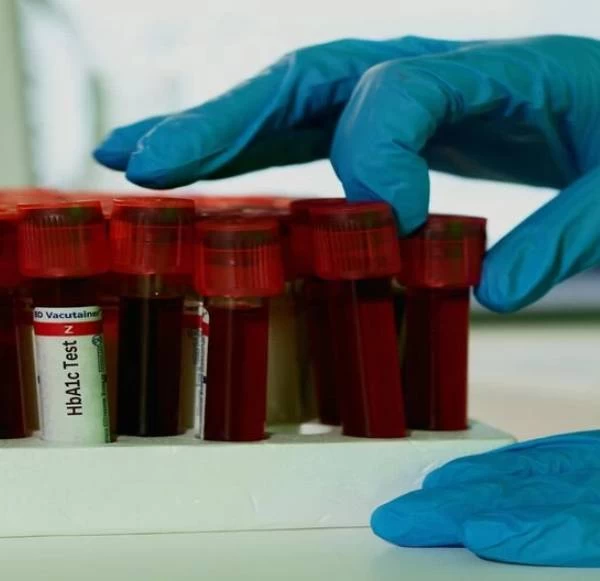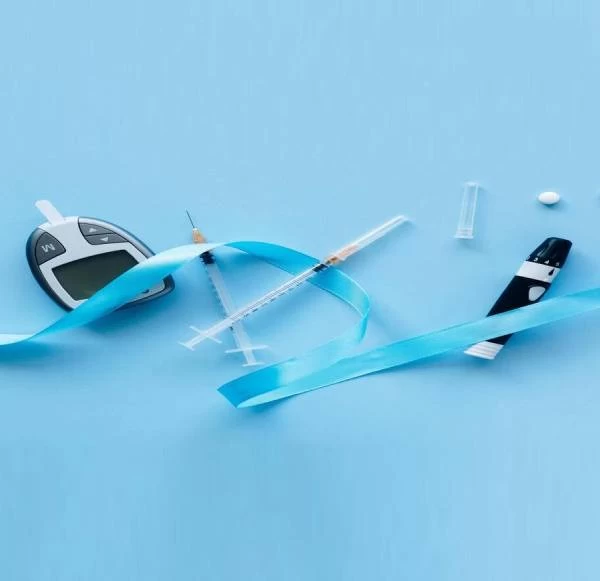- Email Us
- Whats App +91 74282 01496
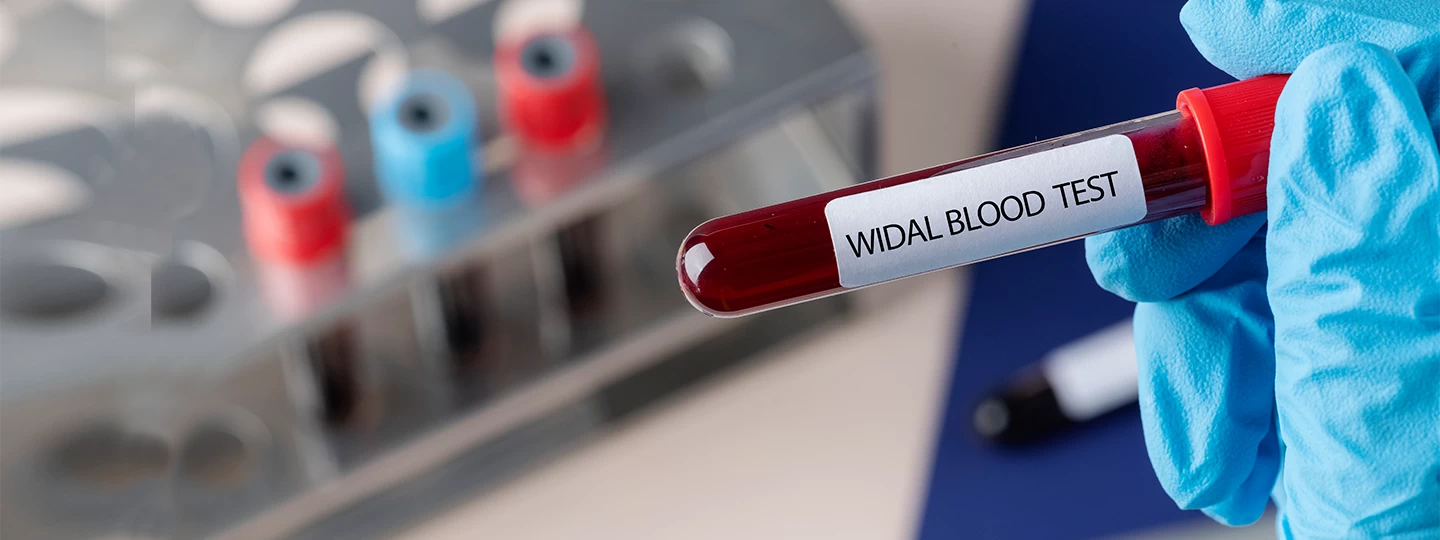
The Widal blood test diagnoses typhoid fever due to two organisms known as Salmonella typhi and Salmonella paratyphi. It will test for the existence of antibodies in the patient's blood. These are released into the body whenever it feels the presence of such bacteria within the body system. This can be used by the medical professional for determining the level by which an individual is infected by bacteria or to what extent they have been exposed to them. Under this blog, the reader will get to know the uses, purpose, procedure, and the normal range of the Widal blood test as a kind of general background of what the diagnostic test enthralls.
The Widal blood test remains pivotal in the diagnosis of typhoid and paratyphoid fevers. The diseases usually show general symptoms that may be similar to many diseases. Such include fever, weakness, abdominal pain, and diarrhea; hence, the diagnosis requires more than just observation. The Widal test assists patients make diagnosis by illustrating the presence of certain antibodies, that is, the O and H antigens from the Salmonella species.
In other words, if it is a Widal blood test, then the widal blood test means it was a reaction at a bacterial level. When Salmonella typhi is infecting a person, the body begins responding by formulating antibodies to the bacteria. This test checks for these in the blood and are much clearer indicators of how far progressed and severe the disease may be. Above all, however, it must be underlined that the test is not selecting the bacteria but, rather, the body's response to it.
The Widal blood test is widely performed for the diagnosis of typhoid fever. It is very much practiced in areas from where a patient has been suffering from the disease. Its main objective is to test whether the patient has any contact with typhoid-causing bacteria. Still, the patient must know that the presence of the reaction in the Widal test does not always confirm an active infection. At times, people vaccinated against typhoid or those who have recovered from the disease may also carry detectable antibodies in their blood.
The Widal blood test at Mahajan Imaging and Labs ensures the correct diagnosis about the response of the body to the Salmonella infection. This is crucial for those suffering from protracted fever and other symptoms similar to typhoid fever. Although Mahajan Imaging and Labs offers diagnostic services, the treatment decision would be made by a medical practitioner after obtaining the result.
The Widal blood test is a simple procedure wherein a blood sample is extracted from the patient and sent to the laboratory to detect particular antibodies to O and H antigens presented by the typhoid bacterium.
The process undertaken at Mahajan Imaging and Labs are as under:
Normally, the results of the Widal test take some hours to come through and then get communicated to the physician for further studies. Since Mahajan Imaging and Labs only provides diagnostic services, treatment in case of testing positive will have to be accessed from the patient's doctor.
The Widal blood test results can thus be expressed in terms of titers, which is the titre or concentration of antibodies within the blood. A titer of O over 1:160 often indicates an active infection, though such a positive reading should always be interpreted cautiously in the light of the history of the patient, his immunization status, and his past exposure to typhoid.
The Widal blood test measures the body's response to the infection. Normal ranges vary geographically, based on the preponderance of typhoid in that locale, and even in individual patients. Levels of background antibodies may be high in endemic regions, and therefore may yield false positives. Thus, tests are often undertaken in combination with other clinical investigations and tests, such as blood cultures, to establish the diagnosis.
Although frequently used, the Widal blood test has certain inherent limitations. There is a tendency for false-positive results, especially in those previously immunized for typhoid or in those who have been infected sometime. It can lead to incorrect interpretations due to cross-reactivity with other infections. Thus, it cannot be a tool of diagnosis for typhoid fever alone. Often, physicians rely on clinical signs and symptoms and other laboratory tests to confirm the results of the Widal test to achieve an accurate diagnosis.
For patients visiting Mahajan Imaging and Labs, the test is diagnostic in nature for detecting exposure to typhoid bacteria. Being a testing laboratory, it does not provide any treatment, but asks people with positive results to visit their healthcare providers to work out what kind of medical care they may need.
One of the most positive tests based on which typhoid diagnosis can be made is the Widal test. It is essentially an antibody-detection test to evaluate the status of immunity upon Salmonella Typhi infection. Although the procedure in itself is quite simple, interpretation at times calls for factors like immunization status and past exposure. The test at Mahajan Imaging and Labs would assist the clinician to take the appropriate decisions regarding the care of the patient through proper diagnosis with timely results. Note that for the treatment purpose, a medical practitioner should be consulted since Mahajan Imaging and Labs deal only in diagnostics.
